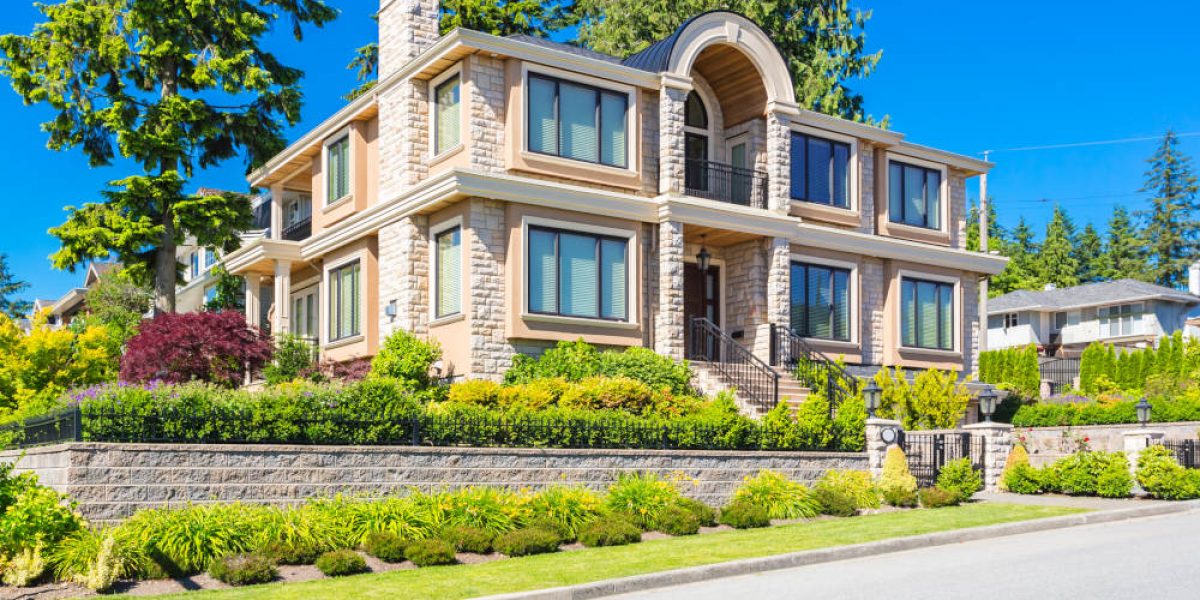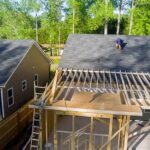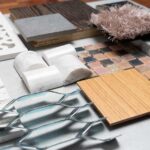With the exception of Googie buildings, suburban California ranch-style homes, and contemporary Palm Springs desert mansions, we cannot really say that a handful of architectural designs can really define the West Coast aesthetic. From Southern California to the Pacific Northwest, the great diversity of residential architecture styles make this part of the country ideal for anyone who wishes to build a custom or spec home.
Unlike other regions of the country where entire subdivisions are sometimes enjoined by deed restrictions to adhere to particular design standards, the West Coast has historically been more relaxed in this regard. While it is true that planned cities such as Irvine can be pretty strict in terms of architectural standards, which largely follow Spanish Colonial and Mediterranean revival styles, these tend to the exception and not the rule. Freedom of design is what attracts many custom builders to California, and you can see this in communities such as Laguna Beach, where a Modernist mansion can be next door to a Tuscan estate that looks like it should be the guest quarters of an upscale winery.
The Diverse Styles of Southern California Architecture
Something that we can definitely say about West Coast residential architecture is that designers, builders, and homeowners are not afraid to take chances. We see significant mixing of styles in the High Desert; for example, a home built in the Palm Springs style may borrow some Spanish Mission elements. In upscale communities such as Laurel Canyon, the Mediterranean revival style may include an entrance tower complete with an elaborate foyer.
More adventurous homeowners are known to order the design of floor plans that combine elements of California and Florida ranch-style houses. The rooflines of modern ranches are both higher and lower; in the case of the former, decorative barrel tiles are preferred, while the latter may feature flat tiles or shingles. French doors and breakfast nooks or cafe areas are borrowed from the South Florida style, along with covered lanais. There is more than just curb appeal with modern residential design; it could be argued that California ranches are more streamlined and look better, but their Florida counterparts have elements that make them more comfortable.
One interesting trend we are seeing is a bit more functional because it serves a socioeconomic purpose. The home-within-a-home floor plan provides a solution for families with elderly parents or adult children returning home. We are not talking about accessory dwelling units; these are single structures where the entrance and living areas are separate, but you can’t appreciate this from the exterior.








